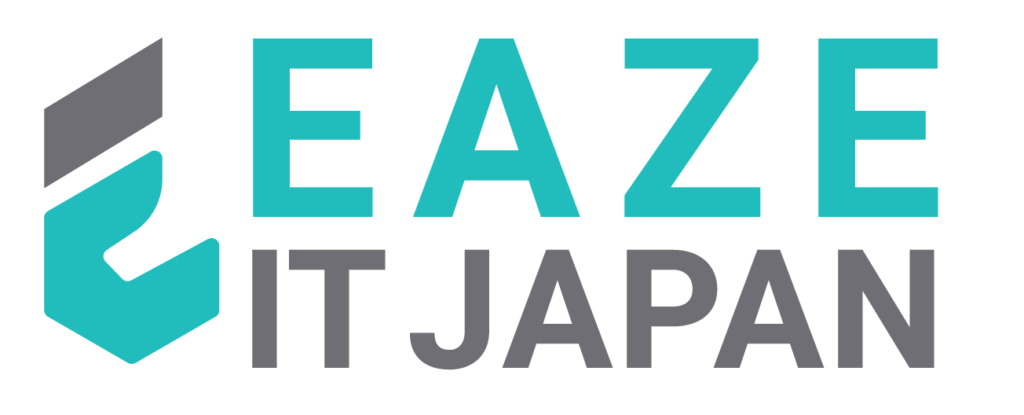AI/ML Engineering Course

Course Overview:
This AI/ML Engineer course is designed for individuals looking to build a strong foundation in Artificial Intelligence (AI) and Machine Learning (ML). The course will cover fundamental and advanced concepts of machine learning, including supervised and unsupervised learning, deep learning, reinforcement learning, natural language processing (NLP), and computer vision. By the end of the course, learners will have the knowledge and skills to apply machine learning algorithms to real-world problems and develop AI-driven solutions.
Target Audience:
- Aspiring AI/ML engineers
- Data scientists looking to specialize in AI/ML
- Software engineers seeking to transition into AI/ML roles
- Professionals interested in applying machine learning techniques to their domain
Pre-requisites:
- Basic understanding of programming (preferably in Python)
- Basic mathematics, including linear algebra, probability, and statistics
- Familiarity with data structures and algorithms
Course Outline:
- What is AI?: History, applications, and types of AI (Narrow AI vs General AI)
- Introduction to Machine Learning: Supervised learning, unsupervised learning, reinforcement learning
- AI vs ML vs Deep Learning: Key differences and connections
- Tools and Libraries: Introduction to Python, Jupyter Notebook, Scikit-learn, TensorFlow, Keras, PyTorch
- Understanding Data: Types of data (structured, unstructured)
- Data Preprocessing: Handling missing data, normalization, standardization
- Feature Engineering: Feature extraction, selection, dimensionality reduction (PCA, LDA)
- Exploratory Data Analysis (EDA): Visualizing data, basic statistics, correlation, and outliers
- Linear Regression: Model training, gradient descent, cost function
- Logistic Regression: Binary classification, cost function, and regularization
- K-Nearest Neighbors (KNN): Distance metrics, overfitting, and bias-variance tradeoff
- Support Vector Machines (SVM): Linear and non-linear kernels, margin maximization
- Decision Trees and Random Forests: Tree building, overfitting, bagging, and feature importance
- Model Evaluation: Accuracy, precision, recall, F1 score, ROC curves, cross-validation
- Clustering: K-means, hierarchical clustering, DBSCAN
- Dimensionality Reduction: Principal Component Analysis (PCA), t-SNE
- Anomaly Detection: Isolation Forest, One-Class SVM
- Association Rule Mining: Apriori algorithm, market basket analysis
- Introduction to Neural Networks: Perceptrons, activation functions (Sigmoid, ReLU, Tanh)
- Training Neural Networks: Backpropagation, gradient descent, optimization (SGD, Adam)
- Deep Learning Frameworks: Introduction to TensorFlow and Keras
- Convolutional Neural Networks (CNNs): Image classification, convolution, pooling layers
- Recurrent Neural Networks (RNNs): Time-series data, LSTM, GRU
- Autoencoders: Encoding-decoding process, applications in anomaly detection
- Generative Models: Generative Adversarial Networks (GANs)
- Transfer Learning: Fine-tuning pre-trained models (e.g., VGG, ResNet, BERT)
- Attention Mechanisms and Transformers: Self-attention, attention in NLP
- Reinforcement Learning: Markov Decision Processes (MDP), Q-learning, Policy Gradient methods
- Text Preprocessing: Tokenization, stemming, lemmatization, stopwords
- Vectorization: Bag of Words (BoW), TF-IDF, Word2Vec, GloVe
- NLP Tasks: Text classification, sentiment analysis, named entity recognition (NER)
- Advanced NLP Models: BERT, GPT, T5, transformer-based architectures
- Sequence Models: Text generation, translation, and summarization
- Image Preprocessing: Image resizing, normalization, augmentation
- Image Classification with CNNs: Architecture, pooling, filters
- Object Detection: YOLO, Faster R-CNN, SSD
- Image Segmentation: U-Net, Mask R-CNN
- Face Recognition: Landmark detection, feature extraction
- Model Deployment: Flask/Django APIs, deployment pipelines, cloud (AWS, GCP, Azure)
- Serving ML Models: TensorFlow Serving, Docker containers, Kubernetes
- Model Monitoring: Tracking performance over time, model drift, updating models
- Scalability and Optimization: Distributed computing, parallel processing, hyperparameter tuning (Grid Search, Random Search, Bayesian Optimization)
- Fairness and Bias in AI: Understanding bias, fairness measures, ethical concerns
- Explainability and Interpretability: LIME, SHAP, and interpretability in black-box models
- AI Governance: Regulations, privacy, data protection (GDPR, CCPA)
- AI for Good: Social impact, AI in healthcare, environment, education
- Project Guidelines: Choose a real-world problem to solve using AI/ML techniques.
- Project Phases: Data collection, preprocessing, model development, evaluation, and deployment
- Mentorship and Review: Personalized feedback on project work
- Final Presentation: Present the project outcomes and future directions for improvement
